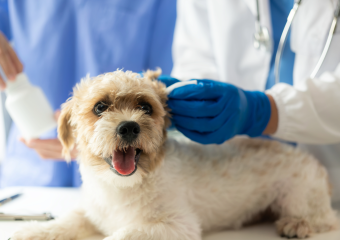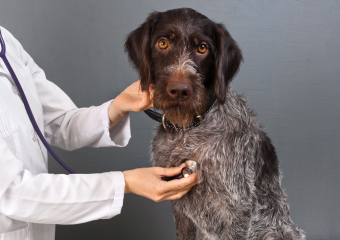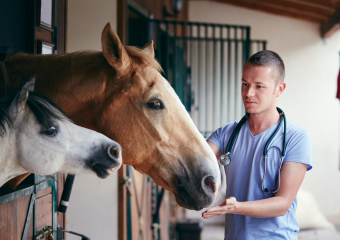Genomic Surveillance: VetGenome’s Crucial Impact on Health
Genomic Surveillance of Zoonotic Threats: VetGenome’s Role in Public Health
Genomic Surveillance has become a crucial tool in modern public health, particularly when addressing zoonotic diseases—illnesses that can be transmitted from animals to humans. As the world grows increasingly interconnected, the potential for zoonotic threats to rapidly spread and become global challenges is higher than ever. This is where organizations like VetGenome step into the spotlight, playing a pivotal role in safeguarding human health through advanced genomic technologies.
Understanding Genomic Surveillance
At its core, genomic surveillance involves sequencing and analyzing the genomes of pathogens to track their origins, mutations, and patterns of spread. This technology provides an unprecedented level of detail about a pathogen’s genetic makeup, offering insights that are crucial for early detection and response. In the fight against zoonotic diseases, which include well-known threats like avian influenza and newer ones like COVID-19, genomic surveillance serves as both a detective and a predictor. It helps healthcare professionals and scientists understand how these diseases evolve and spread from animals to humans.
How VetGenome Enhances Public Health Capabilities
VetGenome is a prominent organization that specializes in genomic analysis of pathogens found in animal populations. They work in tandem with public health agencies and veterinary bodies to monitor and study genomic changes in viruses and bacteria that pose a potential risk to humans. By focusing on the genetic changes occurring in wildlife and domestic animals, VetGenome provides early warnings about potential outbreaks.
Early Detection of Pathogens
One of the key functions of VetGenome is the early detection of pathogens before they jump to human populations. By sequencing the genomes of viruses and bacteria from various animal hosts, VetGenome can identify mutations that might allow a pathogen to infect humans. This early warning system is crucial for preventing widespread disease outbreaks and allows for quicker implementation of containment strategies.
Tracking Disease Outbreaks
When a zoonotic disease does manage to infect humans, genomic surveillance allows for effective tracking of the outbreak. VetGenome collaborates with global health organizations to map the spread of the disease by comparing genetic sequences from different regions. This tracking helps in understanding the transmission dynamics and is vital for the management and eventual containment of the disease.
Guiding Vaccine and Treatment Development
Understanding the genetic structure of zoonotic pathogens not only helps in tracking and detection but also plays a critical role in developing effective vaccines and treatments. VetGenome’s detailed genomic analyses provide researchers with essential data to identify potential targets for vaccines and therapeutic interventions. This speeds up the production of effective treatments that are crucial during outbreaks.
The Challenges and Future Directions
Despite the advantages offered by genomic surveillance, there are challenges that need addressing to optimize its effectiveness. One significant challenge is the requirement for high-end technology and expertise, which might not be readily available in all regions, especially in developing countries where zoonotic threats often emerge. Furthermore, ethical concerns regarding data privacy and the handling of genetic information from both animals and humans must be meticulously managed.
Looking forward, increasing the global capacity for genomic surveillance in veterinary science is a priority. Enhanced collaborations and sharing of genomic data across international borders will be essential for early detection and response to zoonotic threats. VetGenome and similar entities are pushing the boundaries of what genomic technology can achieve in public health by fostering an environment of innovation and collaboration.
Conclusion
The role of VetGenome in genomic surveillance of zoonotic threats exemplifies the intersection of public health and veterinary science. As veterinary genomic surveillance becomes more integrated into global health strategies, our ability to predict and respond to zoonotic diseases will be significantly improved. This not only protects human health but also enhances the health of animal populations, which is crucial for ecological balance and sustainability. As we navigate through an era where zoonotic diseases pose one of the biggest threats to our well-being, organizations like VetGenome are at the forefront, ensuring a safer world for both animals and humans alike.





